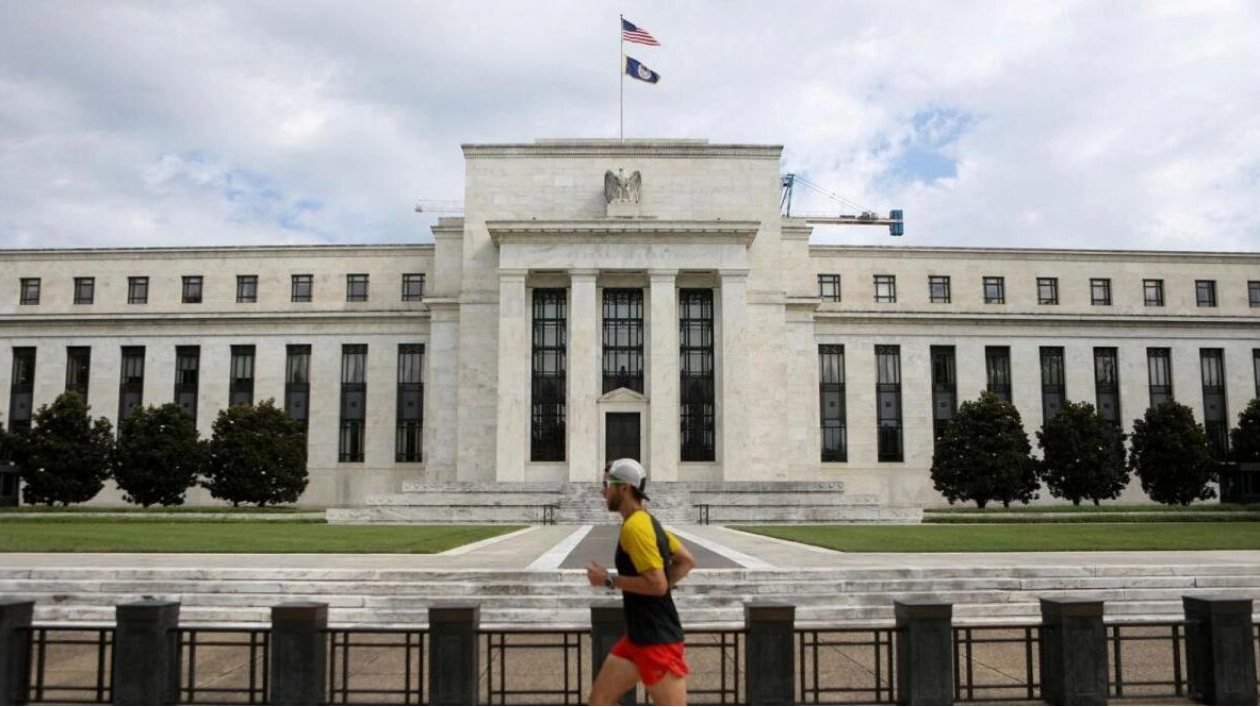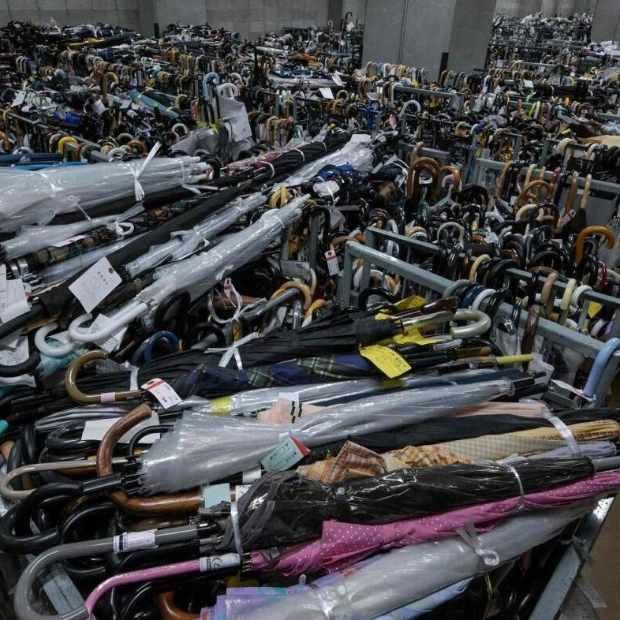Bond investors anticipate that the Federal Reserve will maintain current interest rates this week but hint at forthcoming rate reductions, prompting bets that the U.S. Treasury yield curve will gradually revert from its inverted state to a more typical upward slope. This strategy involves optimistic investments in shorter-term Treasuries and a decrease in exposure to longer-term securities, known as a 'steepener,' which aims to elevate yields on longer-term Treasuries above those of shorter maturities. Investors are rewarded with higher yields for assuming risks over extended periods.
The extensively monitored two-year/10-year yield curve has remained inverted for two years, marking the longest period of inversion in history, with a yield differential of minus 22 basis points. Anticipation is high that the Federal Reserve will maintain its benchmark overnight rate within the 5.25%-5.50% range at its policy meeting this Wednesday. Market participants expect a 'dovish hold' during Fed Chair Jerome Powell's post-meeting press conference, where he may signal the first rate cut in September, the first in over four years.
Powell is also expected to use the August Jackson Hole central bankers' meeting to prepare the market for a rate reduction, contingent on further inflation data and the upcoming July employment report. The rate futures market currently reflects expectations for approximately 68 basis points of cuts starting in September, a significant increase from the 30 basis points anticipated before the June meeting. By June 2025, the market forecasts roughly three additional cuts of 25 basis points each.
In June, the Federal Reserve projected only one rate cut for 2024. However, the easing of U.S. inflation and a slowing labor market have altered these expectations. Greg Wilensky of Janus Henderson Investors notes that while the yield curve has shifted significantly in the past six weeks, it remains inverted, which is abnormal. He anticipates the curve will normalize to a positive slope, indicating ample room for further movement.
The spread between two-year and 10-year yields has decreased by 30.4 basis points since late June, primarily driven by 'bull steepeners,' where short-term yields have declined more rapidly than longer-term ones, a common precursor to the Fed initiating an easing cycle. Investors had initially placed aggressive bets in January on a steeper yield curve following the Fed's dovish shift in December, but these bets faltered as the curve flattened due to a resilient economy and persistent inflation.
As the Fed meeting approaches, investors in the futures market have significantly increased their long positions on short-dated Treasuries, while long positions on longer maturities have either remained stable or decreased, reflecting recent 'bull steepener' trends. Data from the Commodity Futures Trading Commission indicates that asset managers have recently boosted their long positions on U.S. two-year notes to record levels, while maintaining long positions on U.S. five-year notes, albeit slightly reduced last week.
Chip Hughey of Truist Advisory Services emphasizes the urgency to invest in the short-term end of the yield curve before yields potentially decline more substantially. Meanwhile, institutional investors' long positions on U.S. 10-year futures have remained largely unchanged. Mike Sanders of Madison Investments advises that without a recession, purchasing longer bonds may not yield the same benefits as being positioned in shorter-term securities, such as the 2s to 7s. Madison Investments currently favors U.S. three- to seven-year Treasuries, anticipating a decline in their yields.






